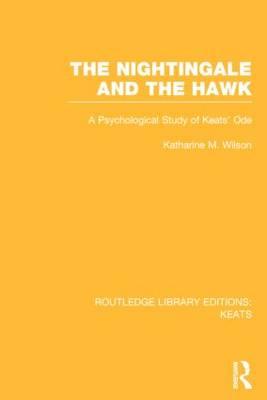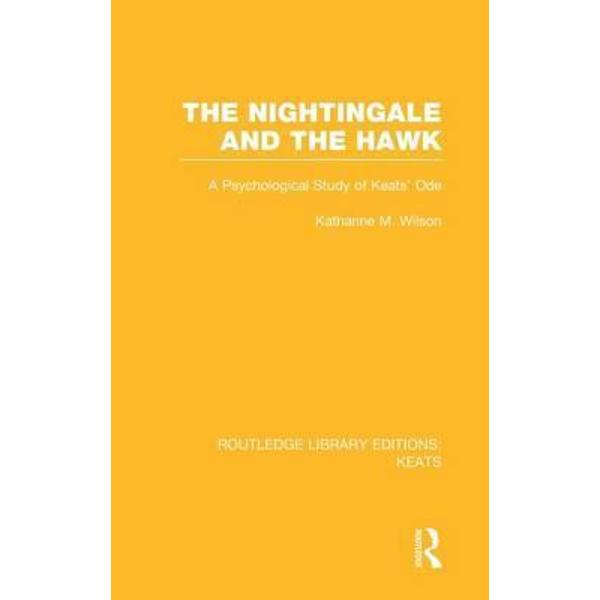Nightingale and the Hawk
Nightingale and the Hawk
The meaning of the few psychological terms used in the book are clarified by illustration from Keats' own writing, thus contributing to its understanding at the same time.
An intimate relationship between his letters and the poems is shown. First published in 1964, the study throws light on well-worn themes such as what Keats meant by beauty, his theory of `negative capability', why he abandoned Hyperion. It gives a fresh interpretation of Endymion and of aspects of the two versions of Hyperion, Lamia, The Eve of St Agnes, and the other great odes. Among details is has something to say on why La Belle Dame kissed her knight precisely four times.
PRP: 892.50 Lei
Acesta este Pretul Recomandat de Producator. Pretul de vanzare al produsului este afisat mai jos.
803.25Lei
803.25Lei
892.50 LeiIndisponibil
Descrierea produsului
The meaning of the few psychological terms used in the book are clarified by illustration from Keats' own writing, thus contributing to its understanding at the same time.
An intimate relationship between his letters and the poems is shown. First published in 1964, the study throws light on well-worn themes such as what Keats meant by beauty, his theory of `negative capability', why he abandoned Hyperion. It gives a fresh interpretation of Endymion and of aspects of the two versions of Hyperion, Lamia, The Eve of St Agnes, and the other great odes. Among details is has something to say on why La Belle Dame kissed her knight precisely four times.
Detaliile produsului













